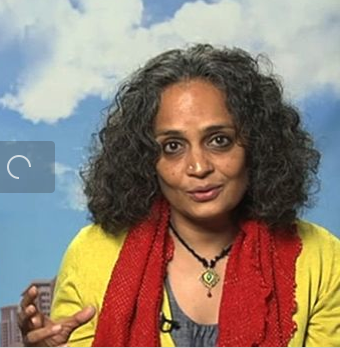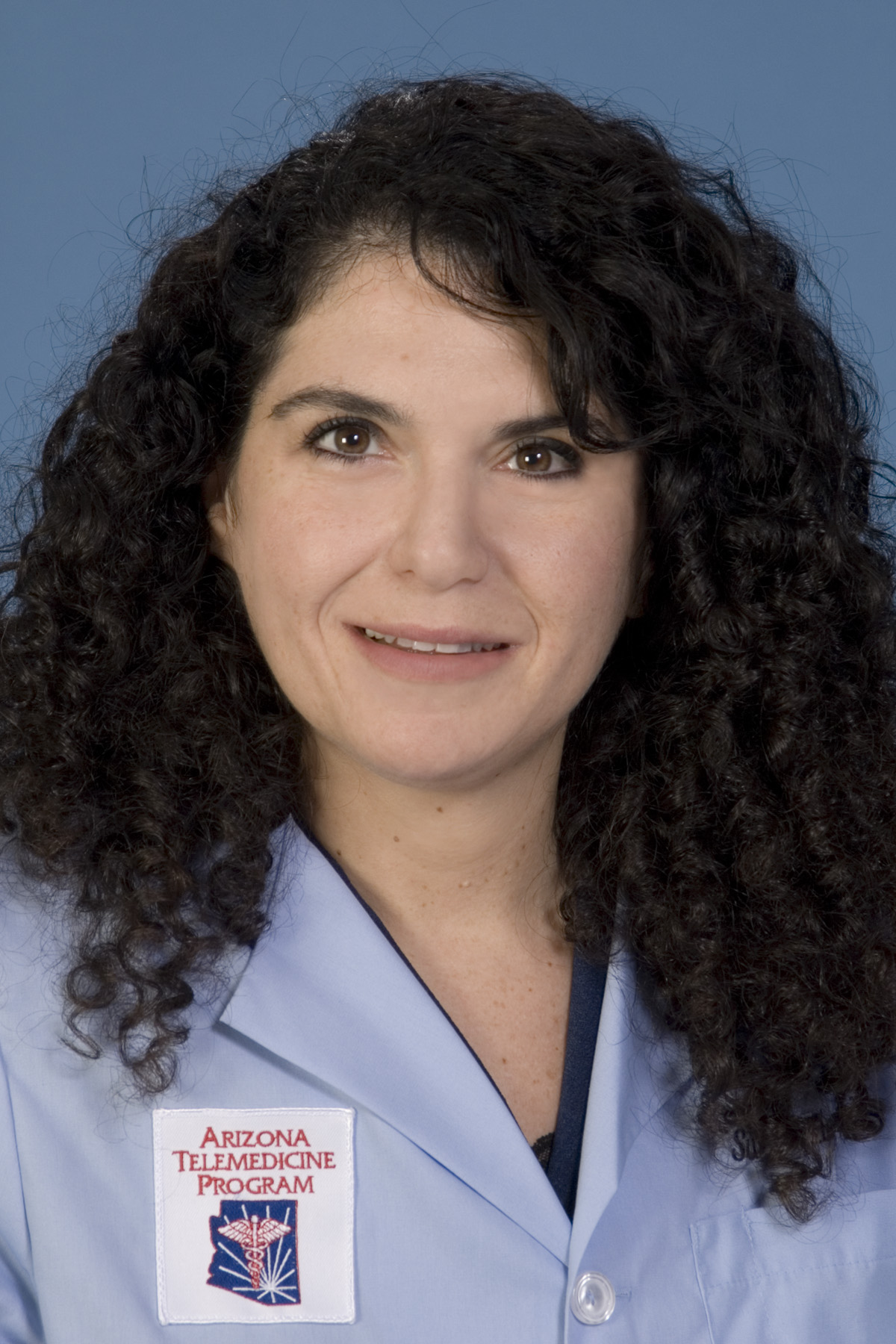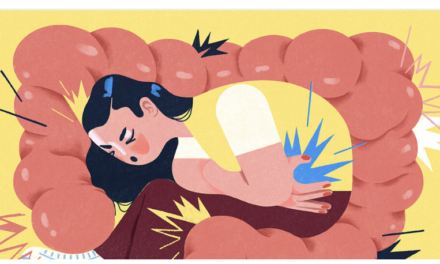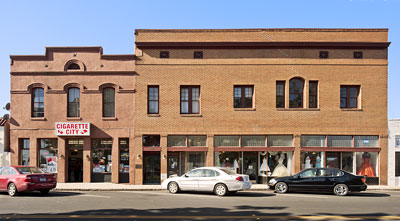April 9 The renowned Indian novelist and essayist Arundhati Roy explained on Democracy Now today how non-governmental agencies —foundations and other non-profits— move in on indigenous reform efforts, using funding as leverage, and co-opt and transform them into movements that don’t threaten the economic status quo.
“…And very much so in even places like India, where they move in and they begin to NGO-ize, say, the feminist movement, you know? So you have a feminist movement which was very radical, very vibrant, suddenly getting funded, and not doing—it’s not that the funded organizations are doing terrible things; they are doing important things. They are doing—you know, whether it’s working on gender rights, whether it’s with sex workers or AIDS. But they will, in their funding, gradually make a little border between any movement which involves women, which is actually threatening the economic order, and these issues, you know? So, in the forest, when I went and spent weeks with the guerrillas, you had 90,000 women who were members of the Adivasi Krantikari Mahila Sangathan, this revolutionary indigenous women’s organization, but they are threatening the corporations, they are threatening the economic architecture of the world, by refusing to move out of there. So they’re not considered feminists, you know? So how you domesticate something and turn it into this little—what in India we call paltu shers, you know, which is a tame tiger, like a tiger on a leash, that is pretending to be resistance, but it isn’t.”
whole way in which capitalism works is not just as simple as we seem—as it seems to be. We don’t even understand the long-term game, you know? And, of course, America is where it began, in some ways, with foundations like the Rockefeller and the Ford and the Carnegie. And what was—what was their idea? You know? How did it start? It was—now it seems like part of your daily life, like Coca-Cola or coffee or something, but in fact it was a very conceptual leap of the business imagination, when a small percentage of the massive profits of these steel magnates and so on went into the forming of these foundations, which then began to control public policy. You know, they really were the people who gave the seed money for the U.N., for the CIA, for the Foreign Relations Council. And how did they then—when U.S. capitalism started to move outwards, to look for resources outwards, what roles did the Rockefeller and Ford and all these play? You know, how did—for example, the Ford Foundation was very, very crucial in the imagining of a society like America which lived on credit, you know? And that idea has now been imported to places like Bangladesh, India, in the form of microcredit, in the form of—and that, too, has led to a lot of distress, to a lot of killing, this kind of microcapitalism.
Roy had other insightful things to say on the role of NGOs —which, some might think, has nothing to do with the medical marijuana movement. But as in India, so in the U.S.
AMY GOODMAN: These corporate foundations you talk about, how are they evidenced in India?
ARUNDHATI ROY: Which ones? You mean—
AMY GOODMAN: Like the Ford, the Carnegie, the Rockefeller.
ARUNDHATI ROY: Rockefeller. Well, you know, I mean, in this, I’ve talked about the role not just in India, but even in the U.S. For example, how do they even—how do they deal with things like political people’s movements? How did they fragment the civil rights movement? I’ll just read you a part about what happened with the civil rights movement.
“Having worked out how to manage governments, political parties, elections, courts, the media and liberal opinion, the neoliberal establishment faced one more challenge: how to deal with the growing unrest, the threat of ’people’s power.’ How do you domesticate it? How do you turn protesters into pets? How do you vacuum up people’s fury and redirect it into a blind alley?
“Here too, foundations and their allied organizations have a long and illustrious history. A revealing example is their role in defusing and deradicalizing the Black Civil Rights movement in the United States in the 1960s and the successful transformation of Black Power into Black Capitalism.
“The Rockefeller Foundation, in keeping with J.D. Rockefeller’s ideals, had worked closely with Martin Luther King Sr. (father of Martin Luther King Jr). But his influence waned with the rise of the more militant organizations—the Student Nonviolent Coordinating Committee (SNCC) and the Black Panthers. The Ford and Rockefeller Foundations moved in. In 1970, they donated $15 million to ‘moderate’ black organizations, giving people grants, fellowships, scholarships, job training programs for dropouts and seed money for black-owned businesses. Repression, infighting and the honey trap of funding led to the gradual atrophying of the radical black organizations.
“Martin Luther King made the forbidden connections between Capitalism, Imperialism, Racism and the Vietnam War. As a result, after he was assassinated, even his memory became toxic to them, a threat to public order. Foundations and Corporations worked hard to remodel his legacy to fit a market-friendly format. The Martin Luther King Center for Nonviolent Social Change, with an operational grant of $2 million, was set up by, among others, the Ford Motor Company, General Motors, Mobil, Western Electric, Procter & Gamble, U.S. Steel and Monsanto. The Center maintains the King Library and Archives of the Civil Rights Movement. Among the many programs the King Center runs have been projects that work—quote, ‘work closely with the United States Department of Defense, the Armed Forces Chaplains Board and others,’ unquote. It co-sponsored the Martin Luther King Jr. Lecture Series called—and I quote—’The Free Enterprise System: An Agent for Non-violent Social Change.’”





